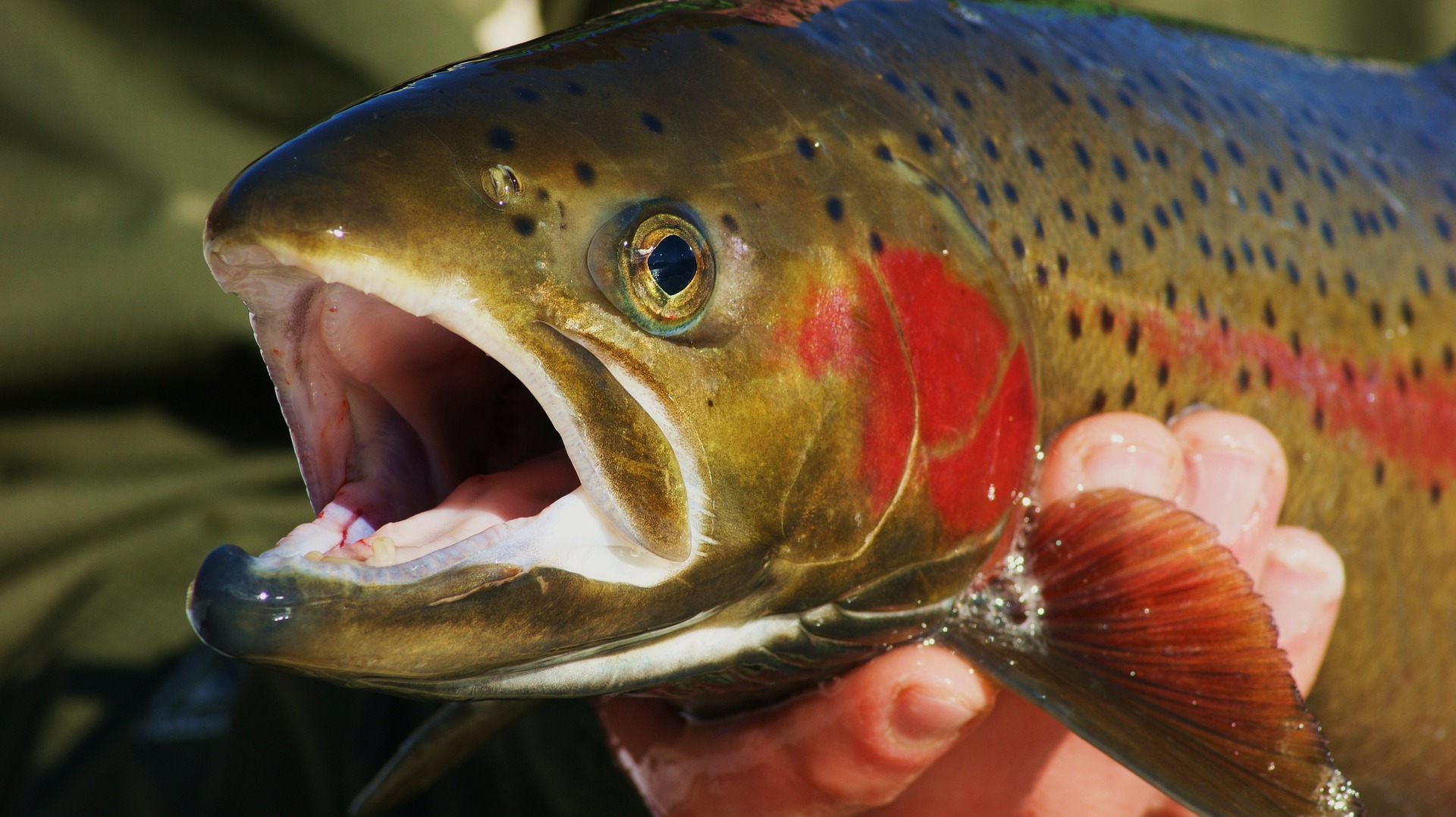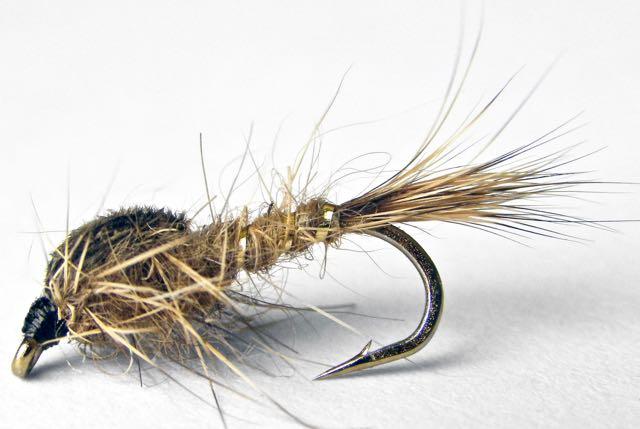The magnificent 7
Keep yourself busy this winter by restocking your fly boxes with these essential western trout patterns
Advertisement
HARE’S EAR NYMPH
Just as the Adams is the ultimate generalist in the world of dry flies, its counterpart in the world of nymphs is the Hare’s Ear. It isn’t a close representation of any particular insect—it just looks buggy. This is a great fly on which the novice tier can learn the art of dubbing. And truthfully, it’s pretty hard to screw up. The gold-wire ribbing is optional, but I find that in stillwater, the additional flash elicits more strikes.
Advertisement
This is one of those flies you go to when nothing is happening on the surface and you have no clue what the fish may be eating. I’ve caught everything from golden trout in the highest reaches of the Rockies to whitefish and goldeye in slow-flowing prairie rivers. I’ve had some great days on Rocky Mountain whitefish with this nymph, too. Its soft, bulky body seems to encourage fish to hold onto it longer—if you’ve nymphed for whitefish, you’ll appreciate just how fast they can spit out a harder-bodied fly. If I find a good concentration of whitefish in a deep hole in the late fall or early winter, this is my go-to pattern.
HOOK: Wet fly, regular or 1X long, size 8 to 16
TAIL: Guard hairs from a hare’s mask (face and ears)
Advertisement
BODY: Coarse dubbing from a hare’s mask or a mix of hare and synthetic fibres
THORAX: Dubbing, either the same as the body or a different shade and/or a coarser texture
Advertisement
WING CASE: Fibres from a turkey tail or similar feather
RIB: Gold wire
THREAD: Black or brown, 6/0 or 8/0


